Home>Garden Essentials>How To Sow Basil Seeds
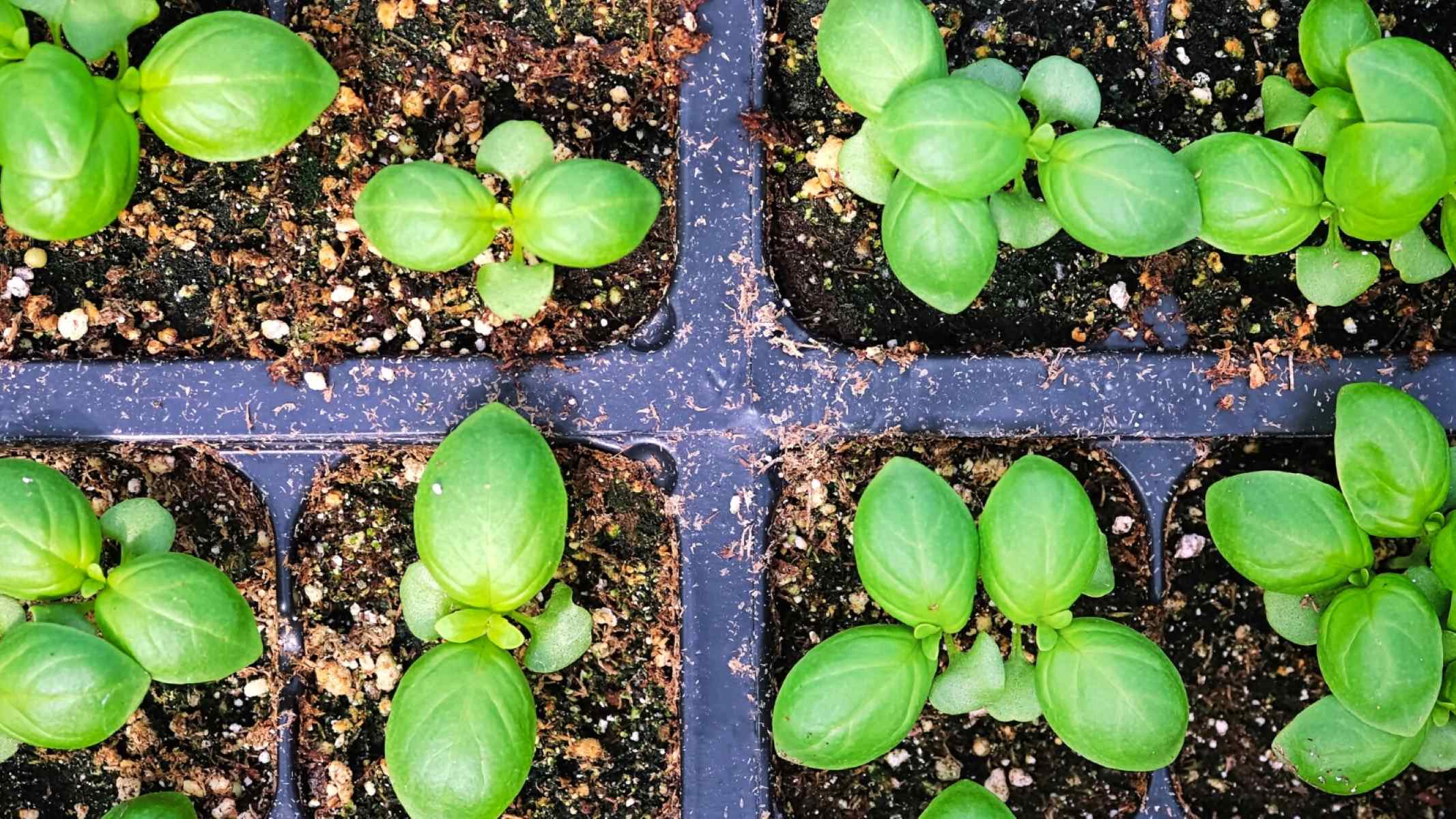

Garden Essentials
How To Sow Basil Seeds
Modified: April 29, 2024
Discover the best techniques and tips for successfully sowing basil seeds in your garden. Grow your own fresh basil with our step-by-step guide.
(Many of the links in this article redirect to a specific reviewed product. Your purchase of these products through affiliate links helps to generate commission for Storables.com, at no extra cost. Learn more)
Introduction
Welcome to the world of gardening, where the joy of watching tiny seeds grow into vibrant plants is truly magical. If you have a love for fresh herbs and a desire to grow them yourself, then sowing basil seeds is a great place to start. Basil, with its aromatic leaves and versatile culinary uses, is a popular herb that can be grown indoors or outdoors, making it accessible to gardeners of all levels of experience.
In this guide, we will walk you through the process of sowing basil seeds and caring for the seedlings until they are ready for harvest. Whether you have a spacious garden, a small balcony, or even just a sunny windowsill, you can enjoy the pleasure of cultivating your own basil plants.
Before we delve into the exciting endeavor of sowing basil seeds, it is important to understand that there are various types of basil available, each with its own unique flavor and characteristics. From the classic Genovese basil to the spicy Thai basil, you have a wide range of options to choose from based on your culinary preferences.
Now that you are ready to embark on your basil-growing journey, let’s dive into the world of basil seeds and learn how to sow them successfully!
Key Takeaways:
- Sowing basil seeds is a delightful journey that starts with choosing the right seeds and preparing the soil. With warmth, water, and sunlight, your basil plants will flourish and reward you with aromatic leaves for your culinary adventures.
- Harvesting basil leaves is a rewarding part of growing this aromatic herb. Regularly pluck or cut the leaves to encourage bushier growth and enjoy a continuous supply of fresh basil for your culinary creations.
Read more: How To Sow Snapdragon Seeds
Choosing the Right Basil Seeds
When it comes to choosing basil seeds, there are a few factors to consider to ensure a successful growing experience. Here are some tips to help you select the right basil seeds:
- Variety: As mentioned earlier, there are many different varieties of basil, each with its own distinct flavor and appearance. Consider the specific type of basil you want to grow based on your culinary preferences.
- Quality: It is crucial to choose high-quality basil seeds from a reputable supplier. Look for seeds that are fresh, viable, and labeled with an expiration date to ensure their viability for germination.
- Organic vs. non-organic: If you prefer to grow your plants using organic methods, opt for organic basil seeds. They are cultivated without the use of synthetic pesticides or fertilizers, allowing you to maintain a healthier and more environmentally friendly garden.
- Packet information: Check the information provided on the seed packet. It should include details about the germination period, preferred soil type, sunlight requirements, and any specific care instructions for that particular variety of basil.
- Consider hybrid varieties: Hybrid basil seeds are bred to possess certain desirable traits, such as disease resistance or increased yield. If you are looking for specific characteristics in your basil plants, consider choosing hybrid varieties.
Once you have chosen the right basil seeds, you are one step closer to bringing the refreshing aroma and delicious flavors of basil into your home or garden. In the next section, we will discuss how to prepare the soil for sowing basil seeds.
Preparing the Soil
Preparing the soil is a crucial step in ensuring the healthy growth of your basil plants. Here are some guidelines on how to prepare the soil for sowing basil seeds:
- Site selection: Basil thrives in well-drained soil with a pH level ranging from 6 to 7. Choose a location that receives at least 6-8 hours of sunlight per day. Basil can also be grown indoors in a sunny spot or using grow lights.
- Clear the area: Remove any weeds, rocks, or debris from the area where you plan to sow the basil seeds.
- Loosen the soil: Use a garden fork or a tiller to loosen the soil to a depth of 8-10 inches. This will allow the roots of the basil plants to penetrate easily and promote healthy growth.
- Add organic matter: Incorporate organic matter into the soil to improve its structure and fertility. You can use compost, well-rotted manure, or leaf mold to enrich the soil with essential nutrients.
- Test the soil: Consider testing the soil’s pH levels and nutrient content. This information will help you determine if any amendments, such as lime to raise pH or sulfur to lower pH, are necessary to create an optimal growing environment for your basil.
- Smooth the soil: Use a rake to level the soil and create an even surface for sowing the basil seeds.
By preparing the soil properly, you are providing the ideal conditions for your basil seeds to germinate and develop into healthy plants. The next step is to learn how to sow the basil seeds, which we will cover in the following section.
Sowing Basil Seeds
Now that the soil is prepared, it’s time to sow your basil seeds. Follow these steps to ensure successful germination:
- Read the seed packet: Refer to the instructions on the seed packet for specific guidelines on sowing basil seeds. It will provide information on the recommended planting depth, spacing, and timing for your particular variety of basil.
- Planting depth: Typically, basil seeds should be planted at a depth of 1/4 to 1/2 inch. Gently press the seeds into the soil and cover them with a thin layer of soil or vermiculite.
- Spacing: Space the seeds according to the recommended guidelines provided on the seed packet. This will ensure that each plant has enough room to grow and receive adequate sunlight and nutrients.
- Water: After sowing the seeds, water the soil gently but thoroughly. Make sure the soil is moist, but avoid overwatering, as it can lead to fungal diseases.
- Label the area: It is a good practice to label the area where you have sown the seeds. This will help you keep track of the different varieties of basil you have planted.
- Provide warmth: Basil seeds germinate best in warm soil. To promote germination, you can cover the area with a plastic wrap or use a seedling heat mat to maintain a consistent temperature of around 70-75°F (21-24°C).
Within 7-14 days, you should start seeing the tiny basil seedlings emerge from the soil. They will develop two cotyledon leaves, which are the first leaves to appear. As the seedlings grow, they will develop their true leaves, which resemble the mature leaves of the basil plant. Continue to care for your basil seedlings by providing the right amount of water and sunlight, as we will discuss in the next sections.
Watering and Sunlight Requirements
Water and sunlight are two crucial elements for the healthy growth of basil plants. Here are some guidelines on how to meet their watering and sunlight requirements:
Watering:
- Keep the soil consistently moist but not waterlogged. Basil plants prefer well-draining soil, so avoid overwatering, as it can lead to root rot or other fungal diseases.
- Water the plants deeply, allowing the water to reach the root zone. This encourages the development of strong roots.
- Check the soil moisture regularly by inserting your finger about an inch into the soil. If it feels dry, it’s time to water. Otherwise, wait until the top inch of soil dries out before watering again.
- During hot and dry periods, basil may need more frequent watering. Be mindful not to let the soil completely dry out, as it can cause the basil leaves to become bitter and affect the overall health of the plants.
Sunlight:
- Provide your basil plants with at least 6-8 hours of direct sunlight each day. If you’re growing basil indoors, place the pots near a south-facing window or use fluorescent grow lights to ensure they receive adequate light.
- Basil thrives in warm temperatures, so aim to maintain a temperature range of 70-85°F (21-29°C) for optimal growth.
- If you notice the basil plants becoming leggy or stretching towards the light source, it is an indication of insufficient sunlight. Adjust the placement of the plants or increase the duration of artificial lighting to promote healthy growth.
By providing the right amount of water and sunlight, you will ensure that your basil plants grow vigorously and produce abundant leaves. In the next section, we will discuss how to care for basil seedlings to help them reach their full potential.
When sowing basil seeds, make sure to plant them in well-draining soil, keep them consistently moist, and place them in a sunny spot. It’s also important to thin out the seedlings once they start growing to give them space to thrive.
Read more: How To Sow Cilantro Seeds
Caring for Basil Seedlings
Caring for basil seedlings involves providing them with proper nutrition, ensuring good airflow, and protecting them from pests and diseases. Here are some essential care tips to help your basil seedlings thrive:
- Fertilizer: Basil is a relatively low-maintenance herb that doesn’t require heavy fertilization. However, you can apply a balanced organic fertilizer, such as compost or a diluted liquid fertilizer, once the seedlings have established a few sets of true leaves. Follow the instructions on the fertilizer packaging for the proper application rate.
- Air circulation: Good airflow is essential for preventing fungal diseases and promoting healthy growth. Avoid overcrowding the seedlings and provide sufficient space between them to allow air to circulate.
- Thinning: If you’ve sown multiple seeds in one spot, thin out the weaker seedlings to give the stronger ones room to grow. This will help prevent competition for resources and ensure healthier, more robust plants.
- Weeding: Regularly remove any weeds that may compete with the basil seedlings for nutrients and sunlight. Be careful while weeding to avoid disturbing the delicate roots of the seedlings.
- Pest control: Keep an eye out for common basil pests like aphids, whiteflies, and snails. If you notice any signs of infestation, such as sticky residue or chewed leaves, take immediate action to prevent the pest from spreading. Organic pest control methods like handpicking, using insecticidal soap, or introducing beneficial insects like ladybugs can help keep the pests at bay.
- Disease prevention: Basil is susceptible to fungal diseases like damping-off and downy mildew. To minimize the risk, avoid overwatering, provide good airflow, and avoid wetting the leaves while watering. If necessary, apply organic fungicides following the instructions on the product label.
By following these care practices, you will provide an optimal environment for your basil seedlings to grow and thrive. As the seedlings mature, they will eventually need to be transplanted to their permanent growing location, which we will discuss in the next section.
Transplanting Basil Seedlings
Transplanting basil seedlings is an important step in their growth journey, as it allows them to have more space to develop and produce an abundance of flavorful leaves. Here’s how to transplant your basil seedlings:
- Timing: It’s crucial to wait until the seedlings have developed a strong root system and a few sets of true leaves before transplanting them. This is usually around the 4-6 week mark after germination.
- Choose the right location: Select a site that receives full sunlight and has well-draining soil. If you’re transplanting into containers, make sure they have drainage holes to prevent waterlogging.
- Prepare the soil: If you’re transplanting into the ground, ensure that the soil is loosened, amended with organic matter, and free from weeds and debris. Dig a hole slightly larger than the size of the root ball of the seedling.
- Handle with care: Gently loosen the soil around the seedlings to avoid damaging the delicate roots. Carefully lift each seedling, holding it by the leaves or gently gripping the base, and avoid pulling on the stem.
- Planting: Place each seedling into the prepared hole, making sure the base of the stem is at ground level. Backfill the hole with soil, gently firming it around the root ball. Space the seedlings at least 12-18 inches apart to allow for proper growth and airflow.
- Watering: Give the transplanted seedlings a thorough watering to settle the soil around their roots. Water regularly to keep the soil consistently moist for the first few weeks until the plants are established.
- Provide support (optional): If you’re growing taller basil varieties or expect the plants to become top-heavy, consider providing support in the form of stakes or cages. This will help prevent the plants from bending or breaking as they grow.
- Monitor and care for the transplants: Keep an eye on the transplanted basil seedlings and continue to water and provide proper care as they adjust to their new environment. Remove any weeds that may compete for nutrients, and protect the plants from pests and diseases.
Transplanting your basil seedlings with care will ensure their successful transition into their new growing location. With proper attention and continued care, your basil plants will flourish and reward you with an abundant harvest of aromatic and flavorful leaves.
Harvesting Basil Leaves
Harvesting basil leaves is an exciting and rewarding part of growing this aromatic herb. Here are some guidelines on how to harvest basil leaves for optimal flavor and continuous growth:
- Timing: Basil leaves can be harvested as soon as the plant has developed enough foliage. As a general rule, wait until the plant has at least 6-8 sets of leaves before harvesting. This allows the plant to establish a strong root system and ensures that it remains vigorous.
- Method: When harvesting basil leaves, you can either pluck individual leaves or harvest entire stems, depending on your intended use. Pinch or cut the leaves/stems just above a pair of healthy leaves or above a branching point. This will encourage the plant to continue producing new growth.
- Harvesting frequency: Regularly harvest basil leaves to encourage bushier growth and prevent the plant from flowering and going to seed. As you remove leaves, the plant will direct its energy into new leaf production, promoting a continuous supply of fresh leaves throughout the growing season.
- Harvesting tips: Harvest basil leaves in the morning, after the dew has dried but before the heat of the day. This is when the leaves are at their freshest and most flavorful. Avoid harvesting basil when it’s wet, as moisture can cause the leaves to wilt or develop fungal issues.
- Storage: After harvesting, gently rinse the basil leaves with cool water to remove any dirt or debris. Pat them dry with a clean towel or use a salad spinner. To store fresh basil, wrap the leaves in a slightly damp paper towel and place them in a plastic bag or airtight container. Store the basil in the refrigerator and use it within a week for maximum freshness.
Basil is best enjoyed fresh, but if you have an abundant harvest, you can also preserve the leaves by drying or freezing them. Dried basil leaves can be crumbled and used as a flavorful seasoning, while frozen basil can be added to soups, sauces, and other dishes for a burst of fresh flavor.
Remember, regular harvesting stimulates the growth of your basil plants and ensures you have a continuous supply of delicious leaves to enhance your culinary creations.
Conclusion
Growing your own basil from seeds is a rewarding and fulfilling experience that allows you to enjoy the incredible flavors and aromas of this versatile herb. With the right knowledge and care, you can successfully sow basil seeds, nurture the seedlings, and harvest a bountiful supply of fresh leaves for your culinary adventures.
Throughout this guide, we have covered the essential steps involved in sowing basil seeds, including choosing the right seeds, preparing the soil, sowing the seeds, and caring for the seedlings. We have also discussed the importance of providing adequate water and sunlight, as well as tips for transplanting the seedlings and harvesting the leaves.
Remember, each variety of basil may have its own unique requirements, so always refer to the instructions on the seed packet for specific guidelines. By following these instructions, you can tailor your approach to suit your basil’s specific needs and set them up for success.
Whether you choose to grow basil in your garden, on your balcony, or even on your windowsill, the joy of nurturing and harvesting your own herbs is unparalleled. The aromatic scent of basil plants and the burst of flavor it brings to your dishes will make every moment and effort worthwhile.
So, don’t hesitate to start your basil-growing journey. Select your favorite varieties, sow the seeds with care, provide them with the right conditions, and watch as your basil plants flourish. Soon enough, you’ll be enjoying an abundance of fresh basil leaves that will elevate your culinary creations to new heights.
Happy basil gardening!
Frequently Asked Questions about How To Sow Basil Seeds
Was this page helpful?
At Storables.com, we guarantee accurate and reliable information. Our content, validated by Expert Board Contributors, is crafted following stringent Editorial Policies. We're committed to providing you with well-researched, expert-backed insights for all your informational needs.
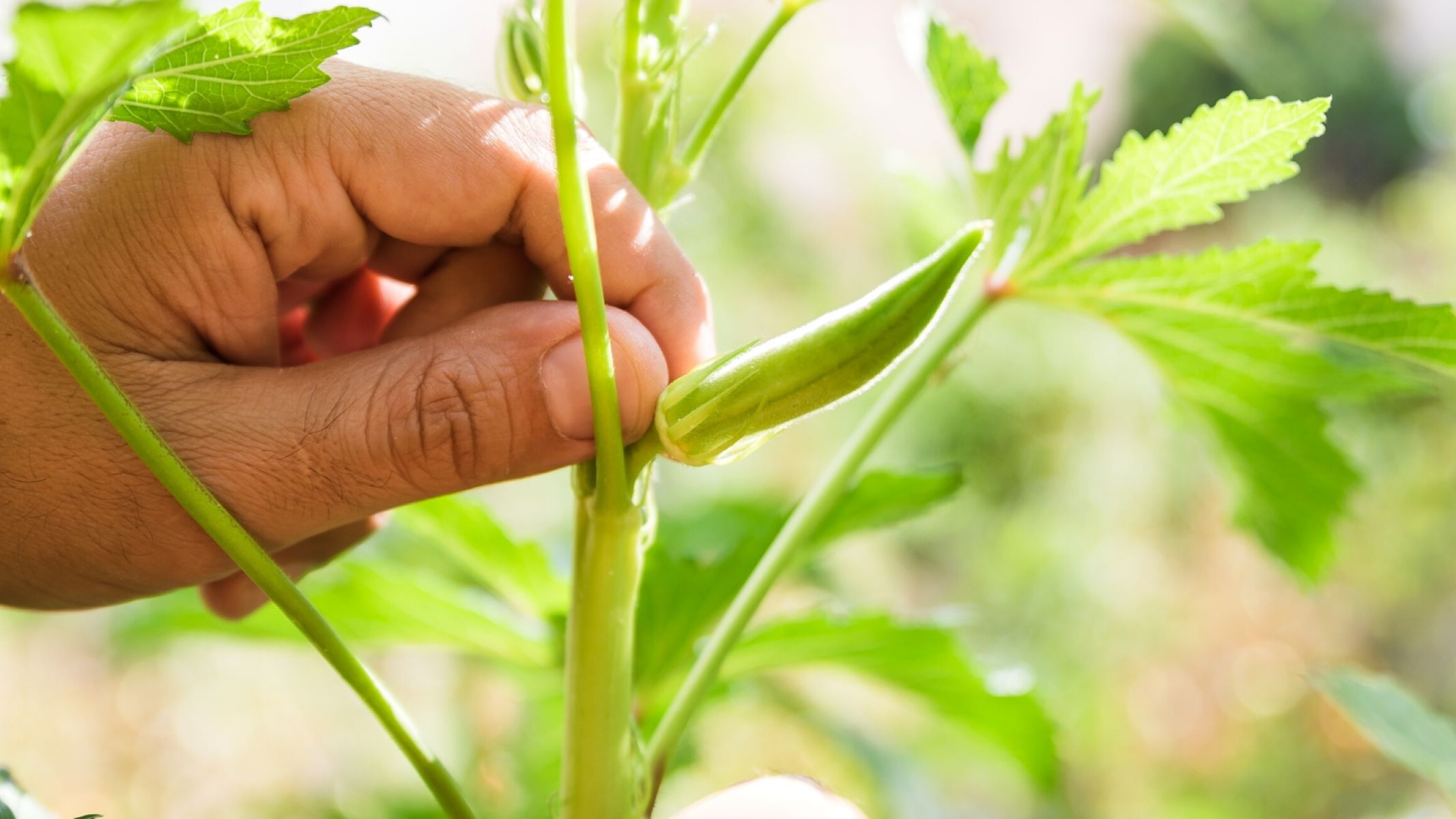
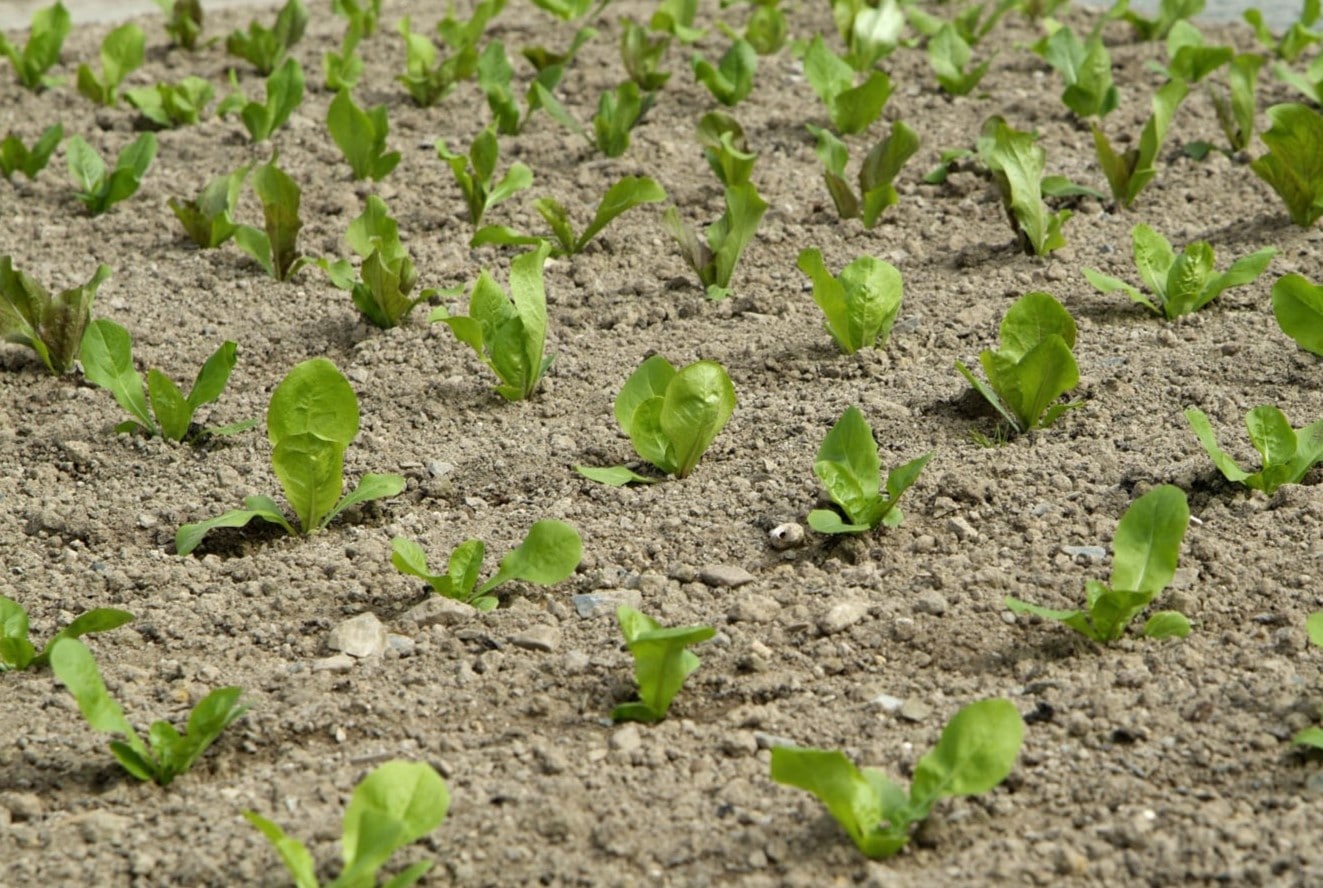
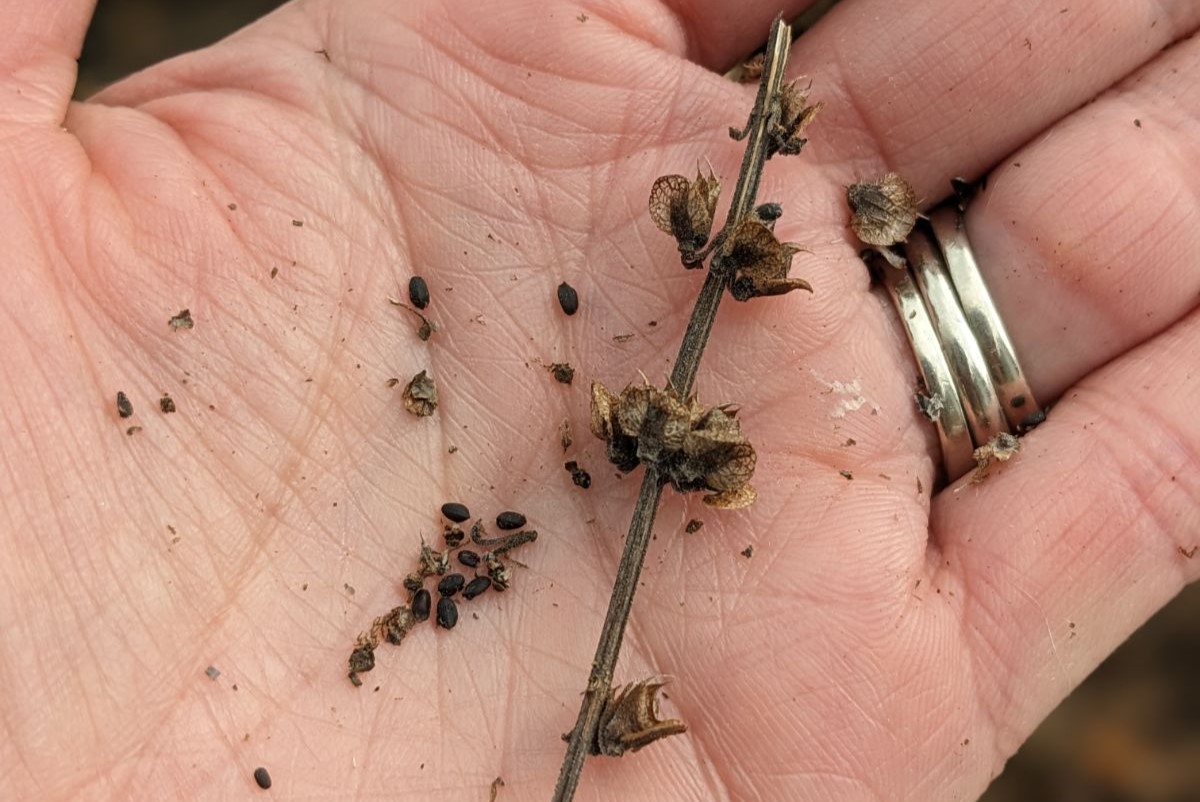
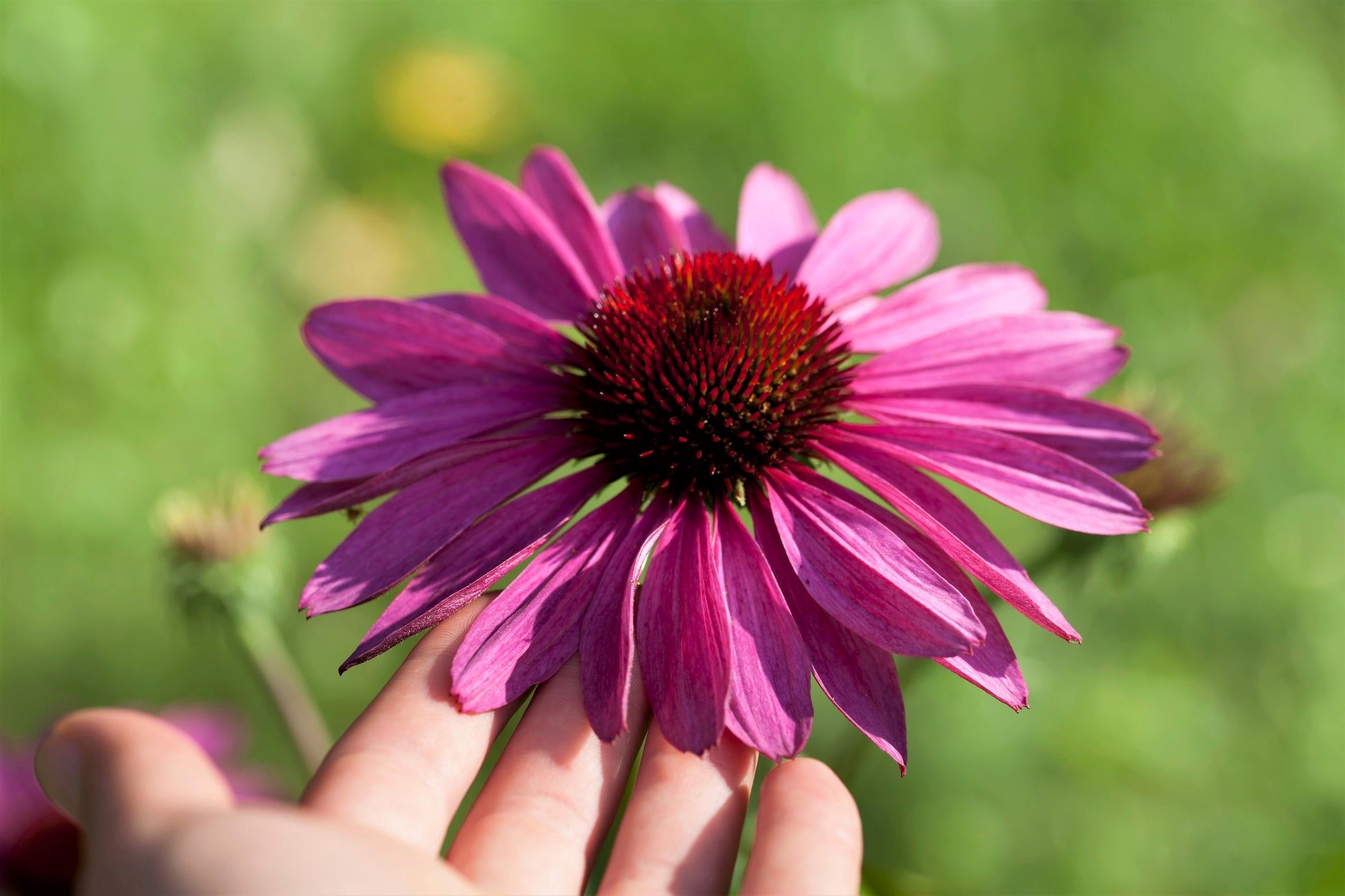
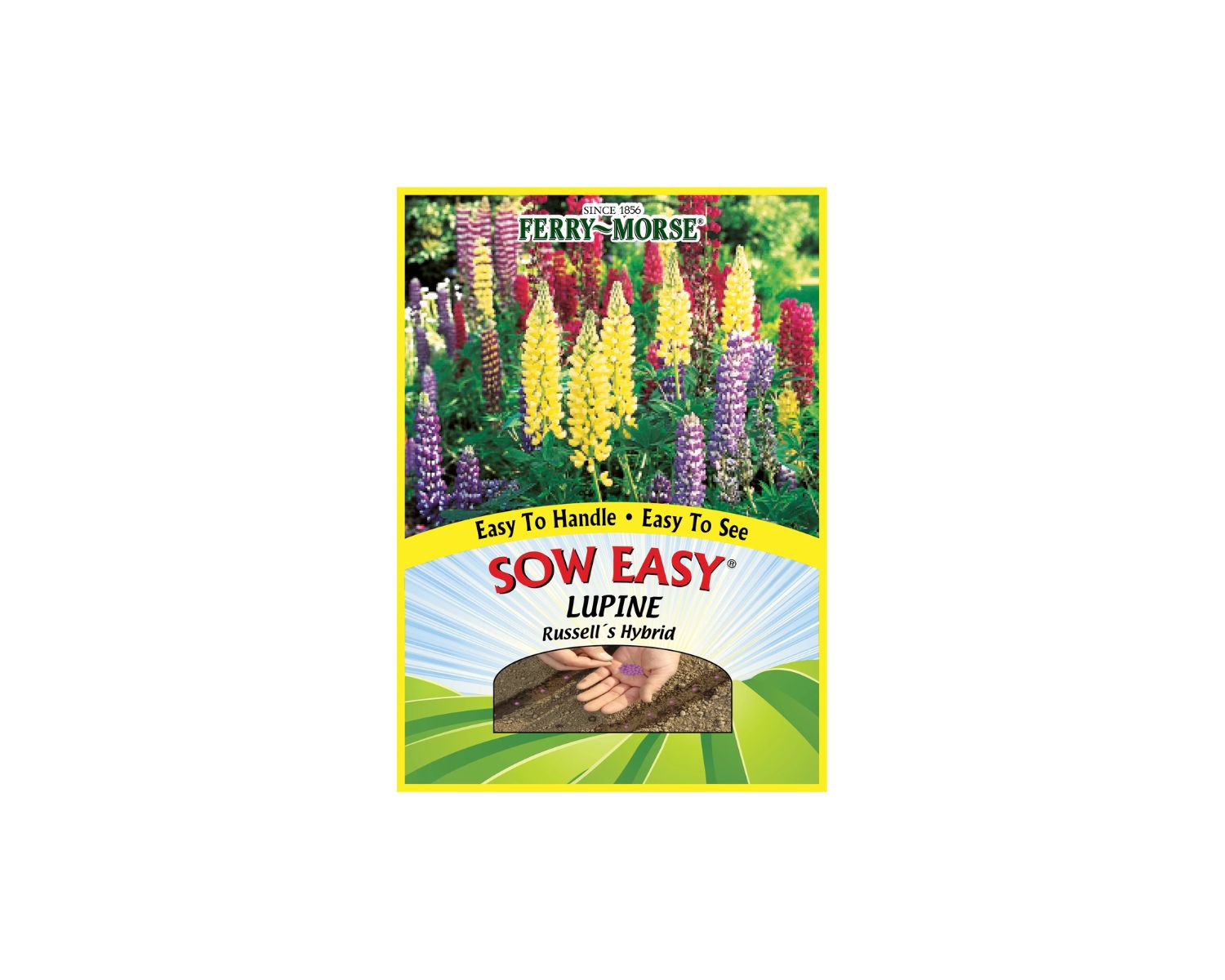
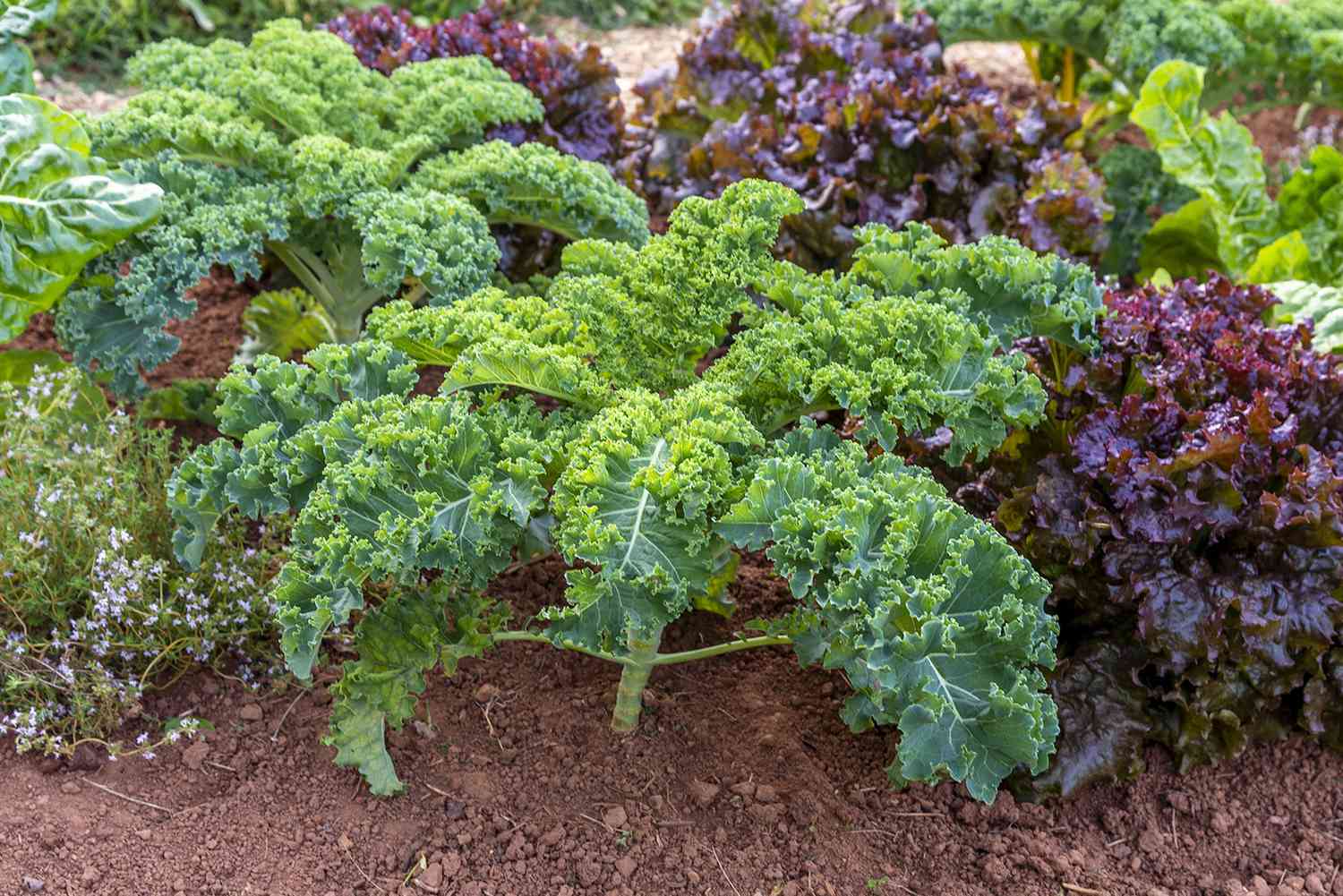
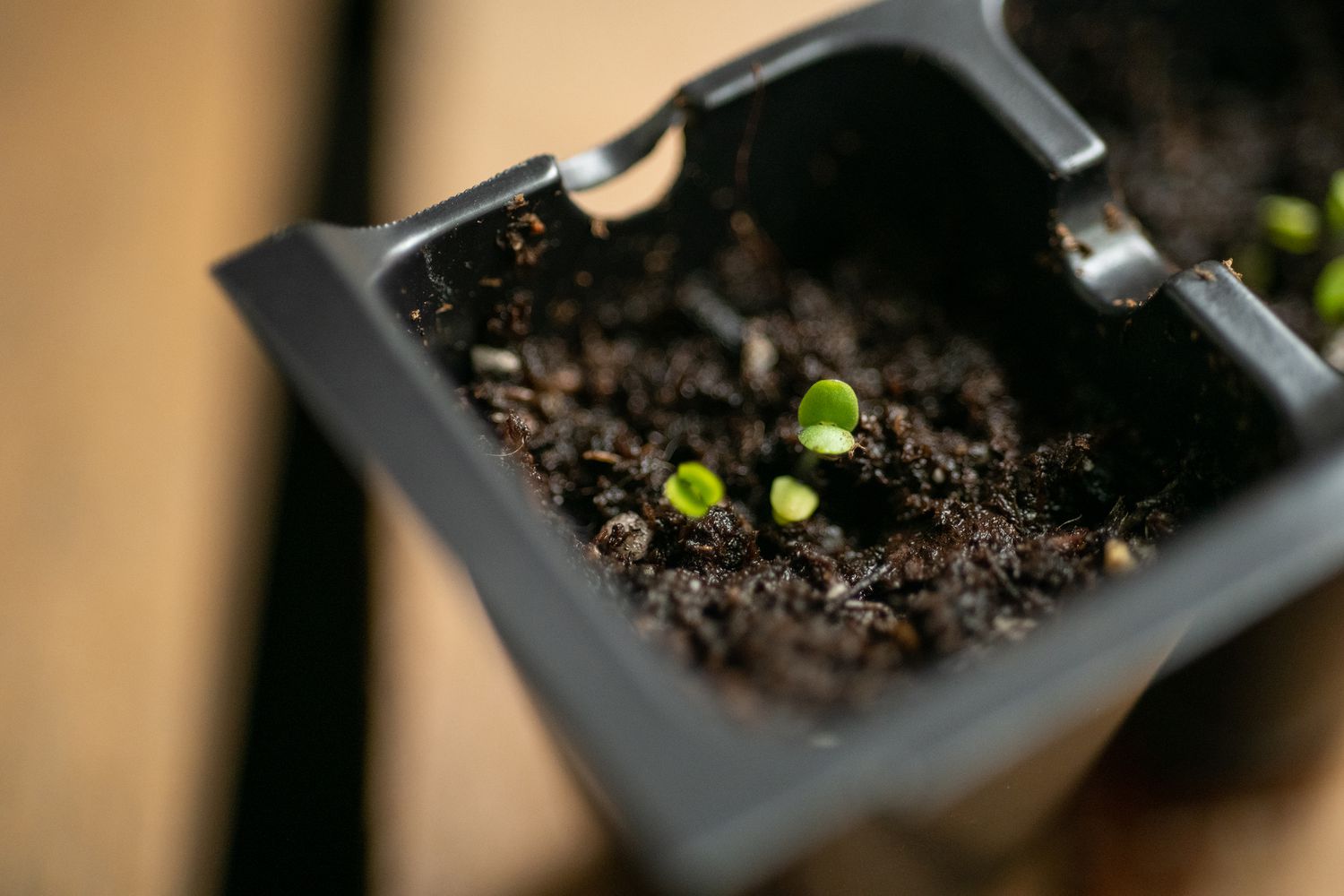
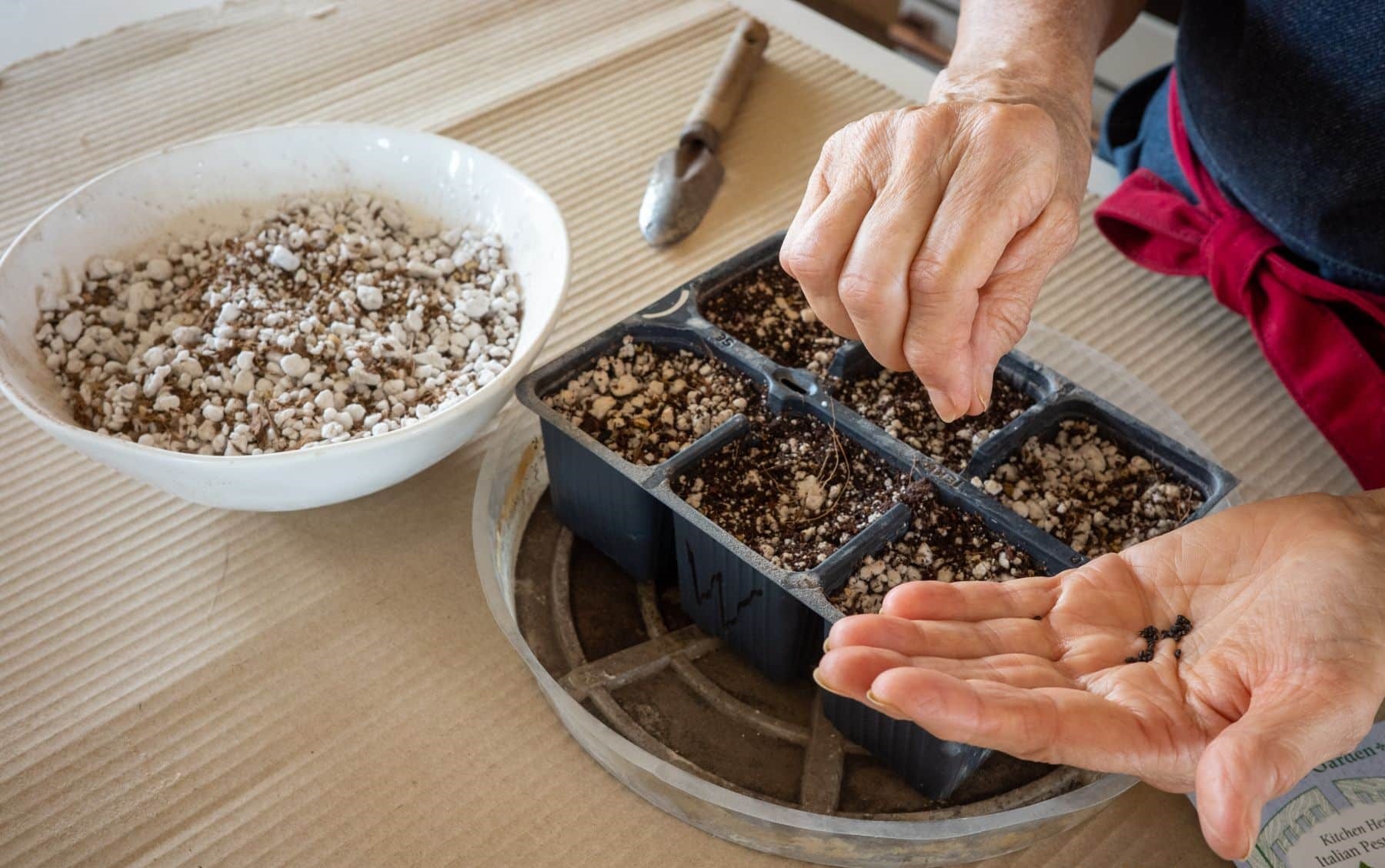
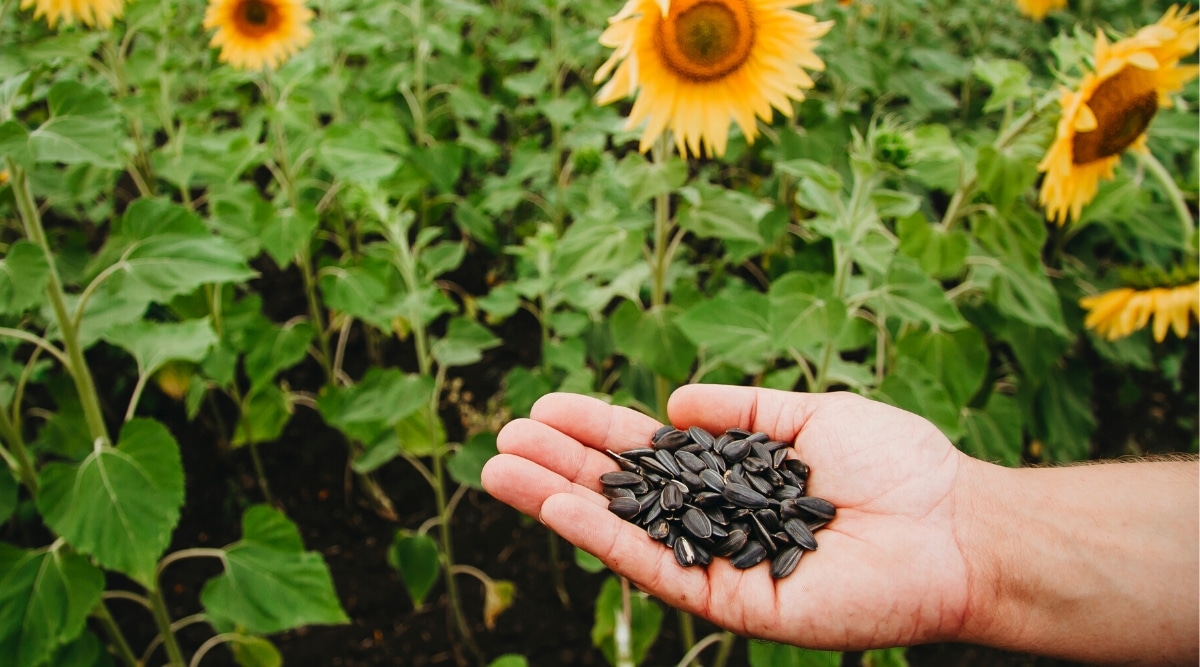
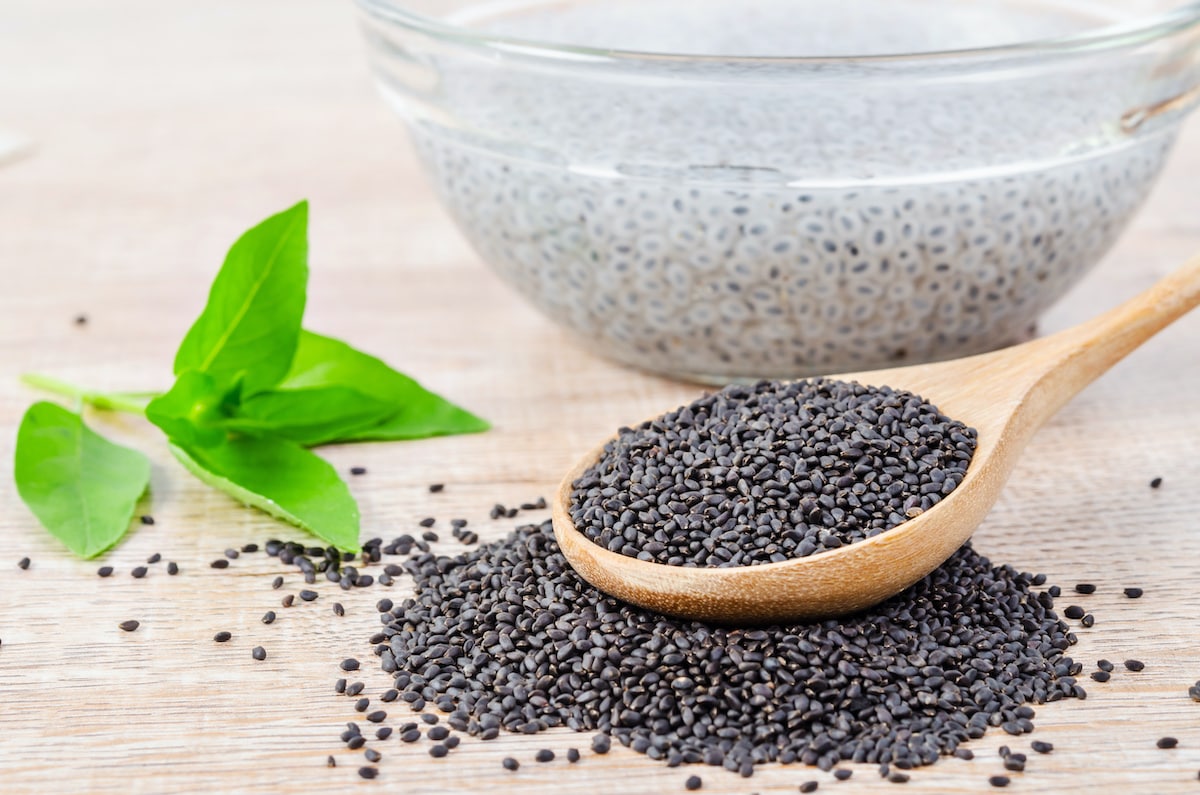
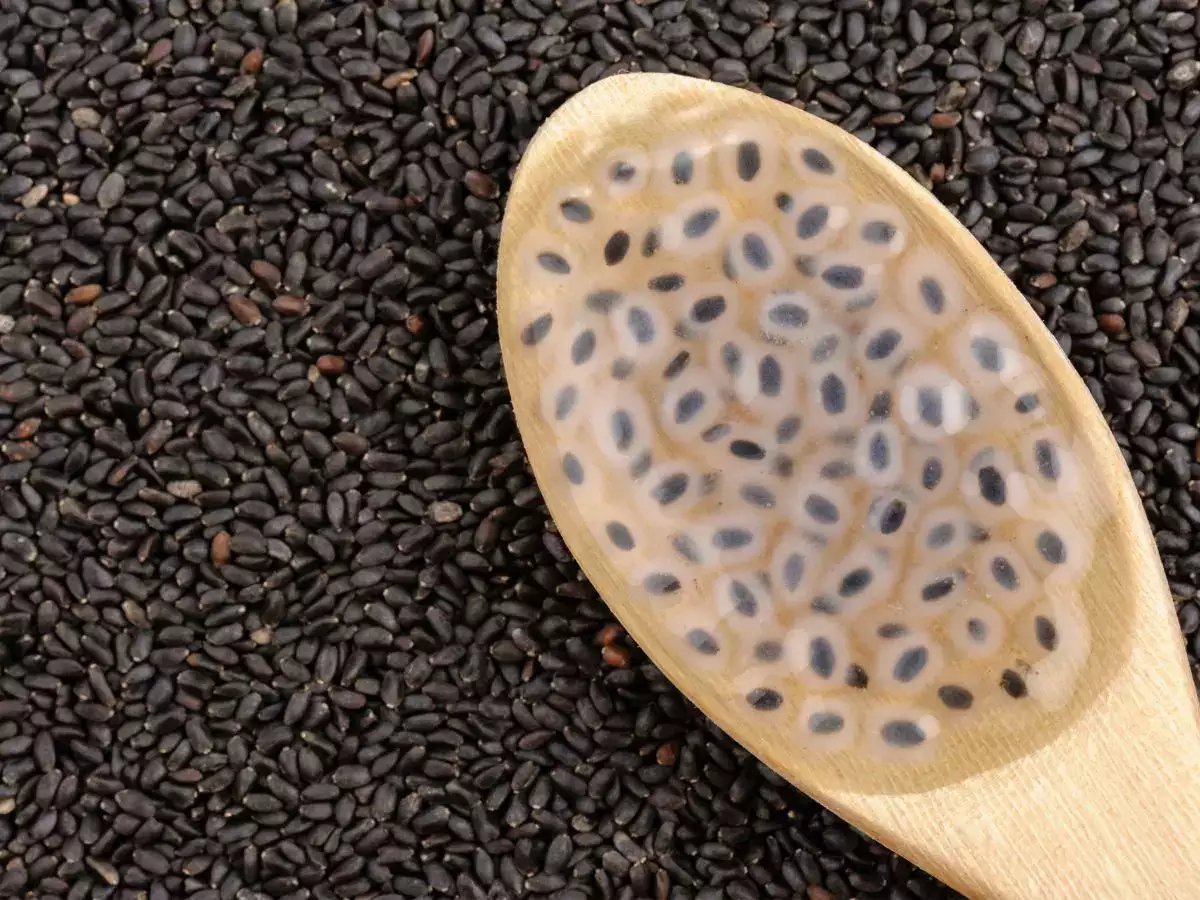
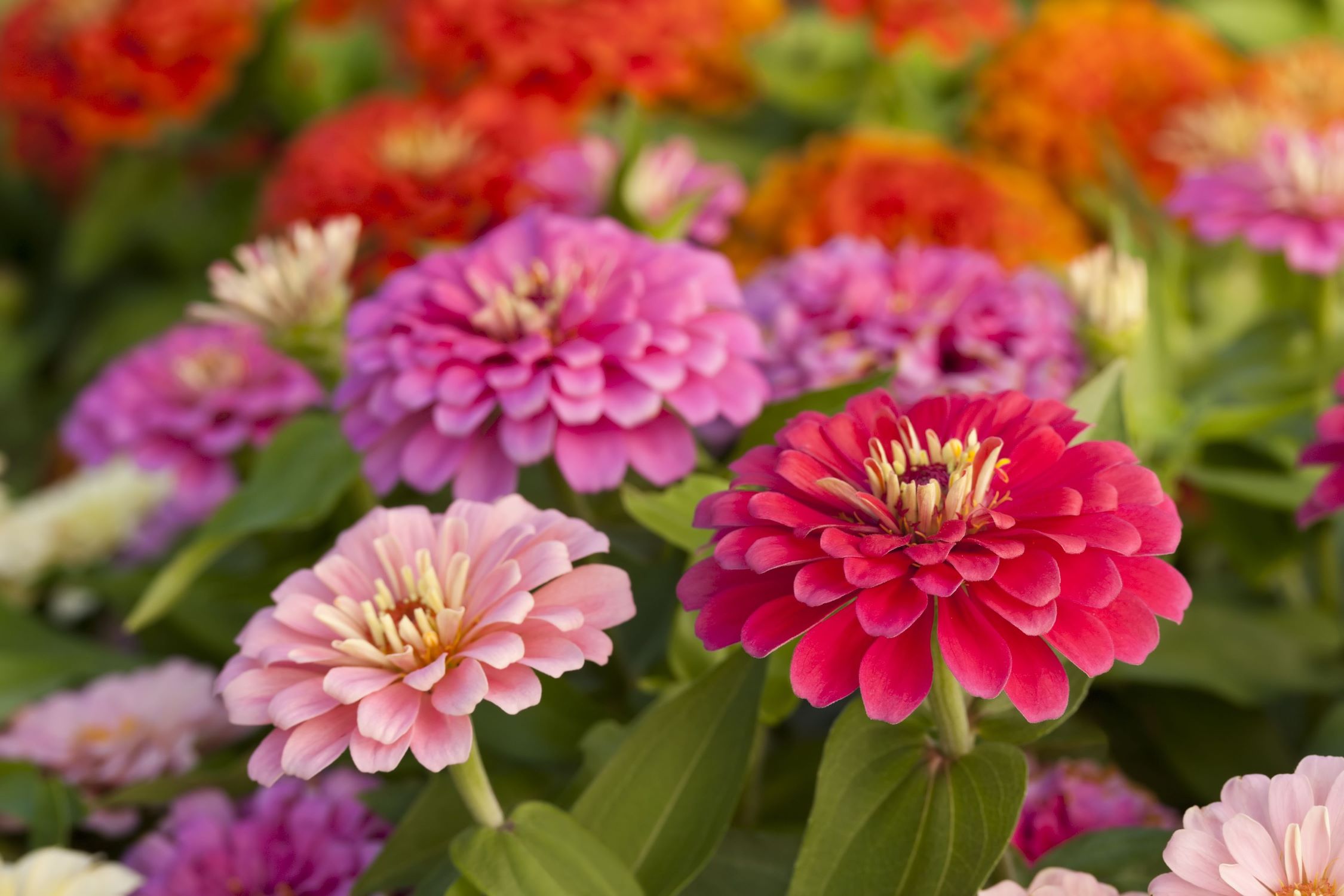
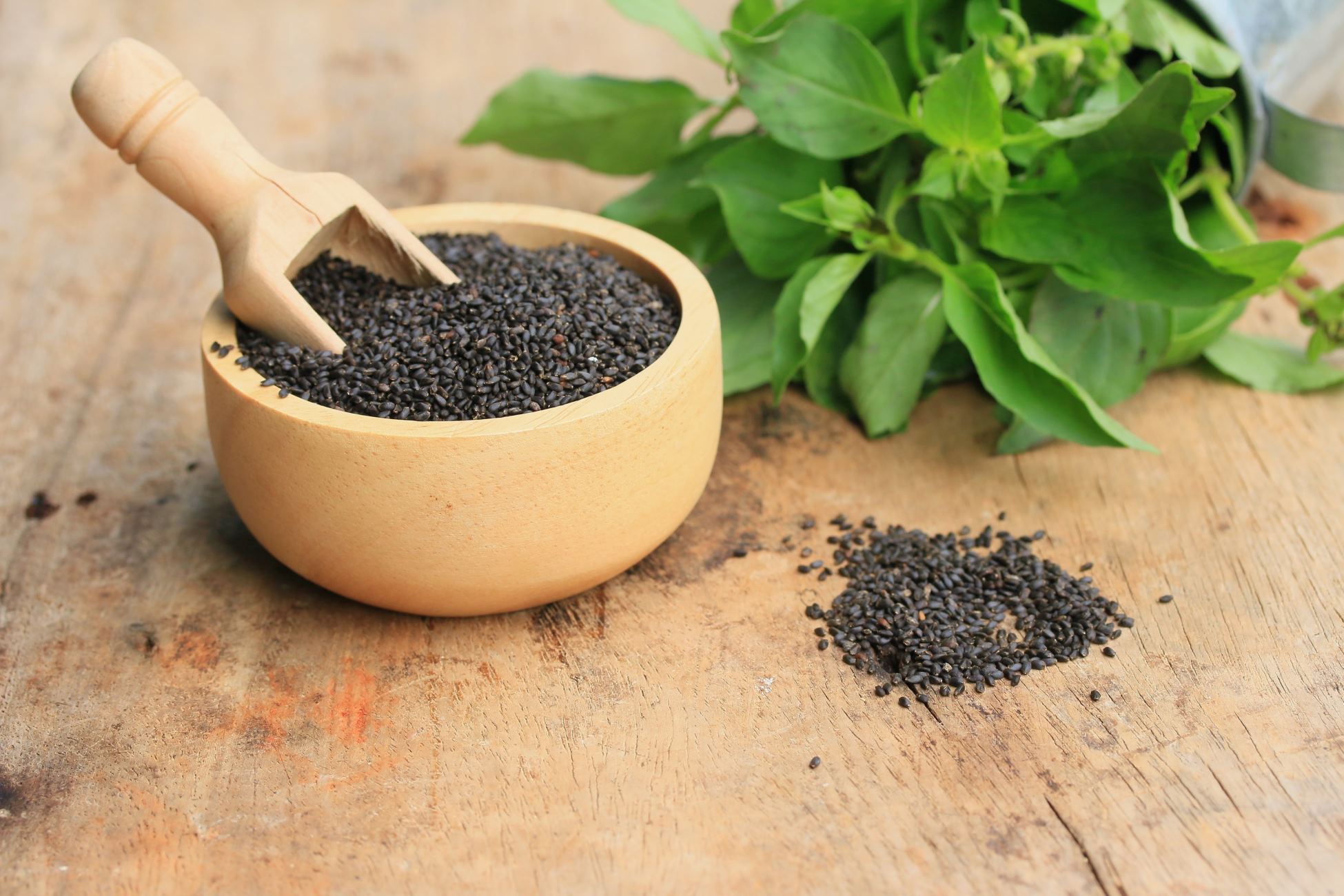
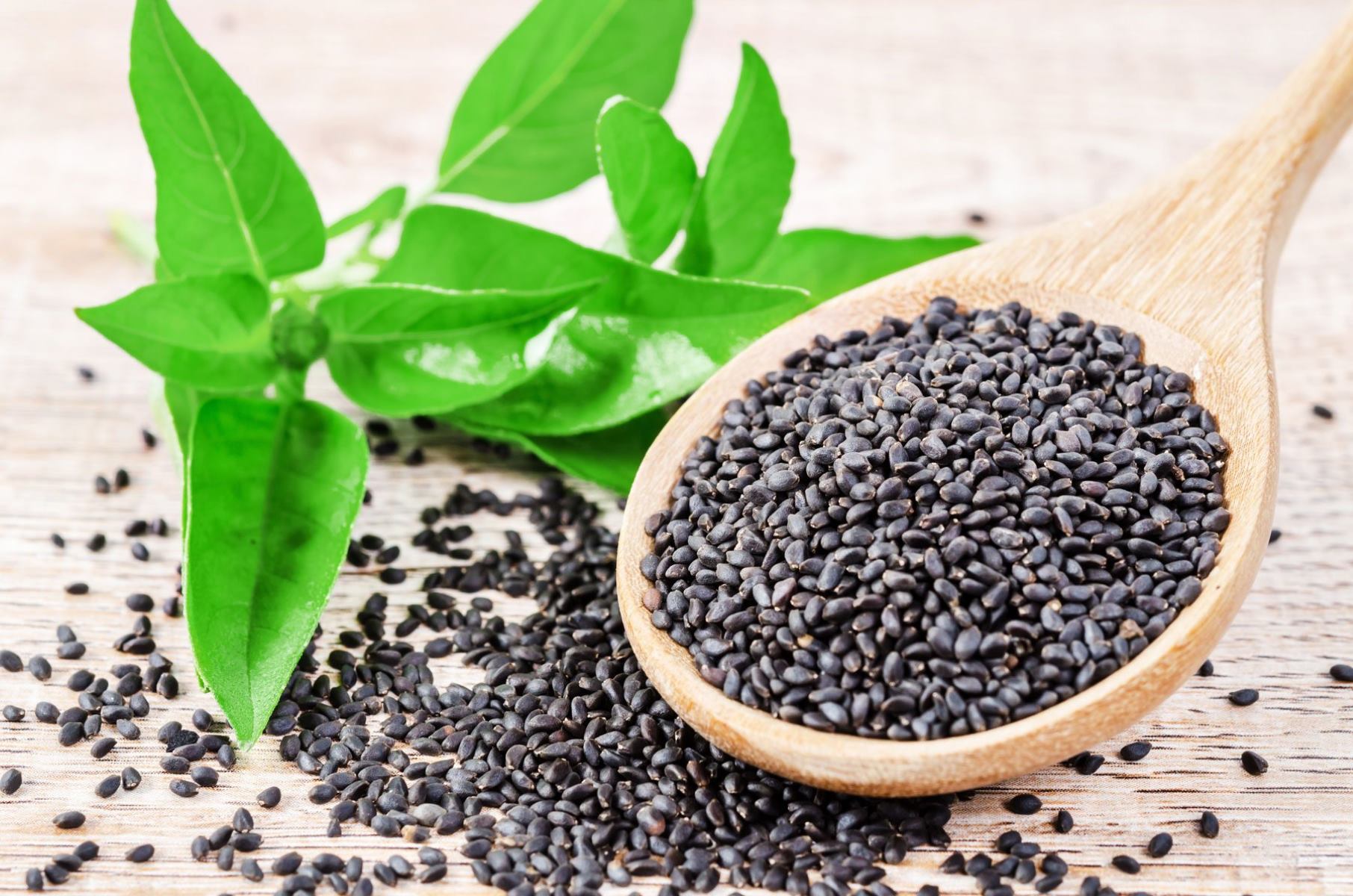

0 thoughts on “How To Sow Basil Seeds”